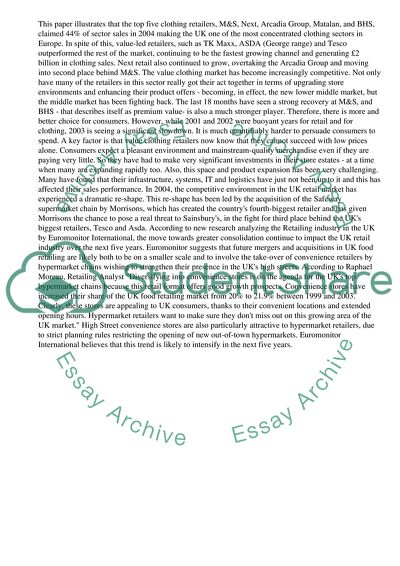Cite this document
(“UK Retail Market and Financial Comparison of GAP and NEXT Case Study”, n.d.)
Retrieved from https://studentshare.org/business/1531392-uk-retail-market
Retrieved from https://studentshare.org/business/1531392-uk-retail-market
(UK Retail Market and Financial Comparison of GAP and NEXT Case Study)
https://studentshare.org/business/1531392-uk-retail-market.
https://studentshare.org/business/1531392-uk-retail-market.
“UK Retail Market and Financial Comparison of GAP and NEXT Case Study”, n.d. https://studentshare.org/business/1531392-uk-retail-market.


